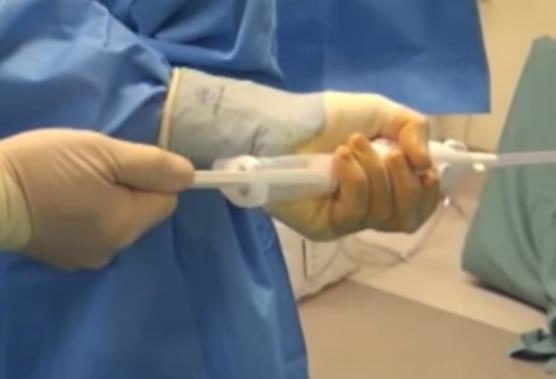On average one abortion is carried out every day at the Rotunda Hospital in Dublin, one of the country’s leading maternity hospitals, in 2019, the first full year of operation of Ireland’s new abortion law.
Master of the Rotunda, Fergal Malone told RTE recently: “In general, we see five patients a week before 12 weeks gestation for pregnancy termination and we see about two patients per week for termination for foetal fatal abnormality”.
Seven abortions per week is an average of one per day. The National Maternity Hospital is about the same size, so can we assume the same number of abortions took place there?
Professor Malone admitted that the “vast majority” of abortions take place outside hospitals via GPs who prescribe the abortion pill to women who are up to nine weeks pregnant. In Britain, about 80pc of abortions occur within nine weeks.
Commenting on the Rotunda figures, Prof. Malone remarked that “the floodgates didn’t open when abortion services were introduced”.
But if one abortion is taking place every day at the Rotunda, and the vast majority occur outside hospitals, then what would a ‘floodgate’ look like to Professor Malone?
Official figures of the total number of abortions carried out in 2019 have not yet been released but, based on previous estimates, we expect it to be in the 5,000-6,000 range and it will likely grow in the future, as it has happened in other jurisdictions after legalisation. The number of Irish women who go abroad or use illegal pills should be added to those abortions which take place in Ireland legally.
Looking more closely at the Rotunda figures, in 2018, 8,514 babies were delivered at the hospital. Assuming roughly the same number of births there as last year, this means that in 2019 there was about one abortion every 20 newborns.
Moreover, there were two abortions per week on average for so called “fetal fatal abnormalities”, according to Dr Malone, and this equals roughly 100 per year. (The law allows an abortion at any stage of the pregnancy if the baby is not expected to survive more than 28 days from birth. So “fatal” here has a broad meaning.)
In 2018, 63 cases of fetal abnormalities were diagnosed, according to the Rotunda Hospital Annual Report. (p. 36) But not all of these cases were necessarily fatal as, for instance, they included babies with Down Syndrome.
If we consider those figures, 100 abortions per year on the ground of a fatal abnormality appears very high.
Furthermore, during the referendum campaign in 2018 Professor Malone said: “In the Rotunda figures, 50pc of women would choose to continue the pregnancy knowing that baby has Down Syndrome, 50pc choose not to continue.” (The audio can be found here: https://tinyurl.com/tq3m6ss)
It would be interesting to know how this breakdown has changed with the introduction of the new legislation. In other jurisdictions the percentage of abortions that occur after a Down Syndrome diagnoses has grown with time, reaching 90pc or more. In Britain, the number of diagnoses is increasing as more and more women opt for earlier, non-invasive tests, which are not always accurate.
We need to see official and comprehensive figures to make further comment, but an abortion per day at one (albeit very big) hospital is already a horrible total. And remember, many of these unborn children were perfectly healthy, as were their mothers.
















